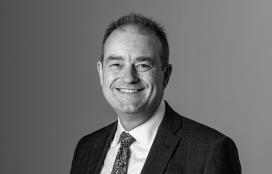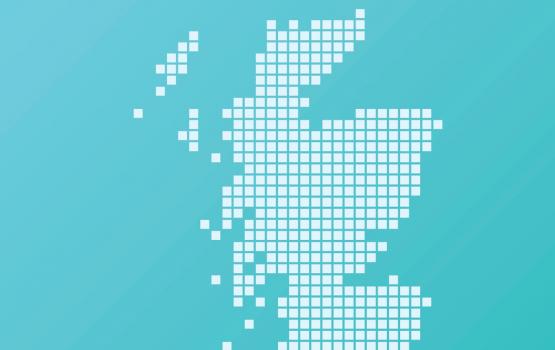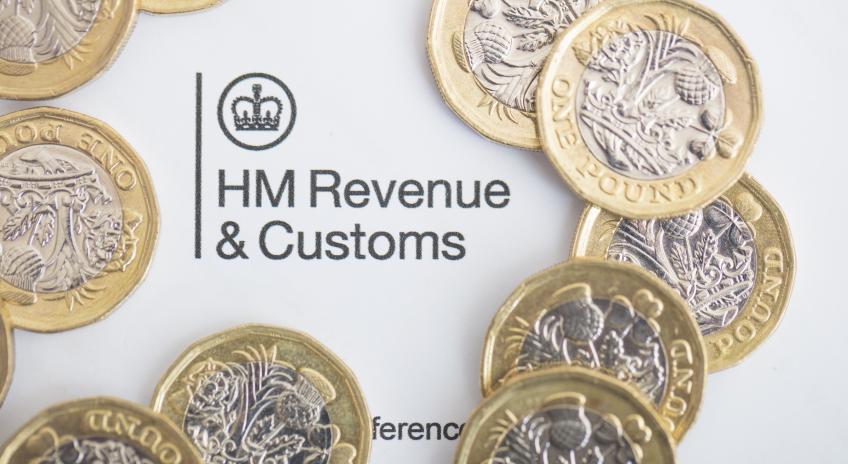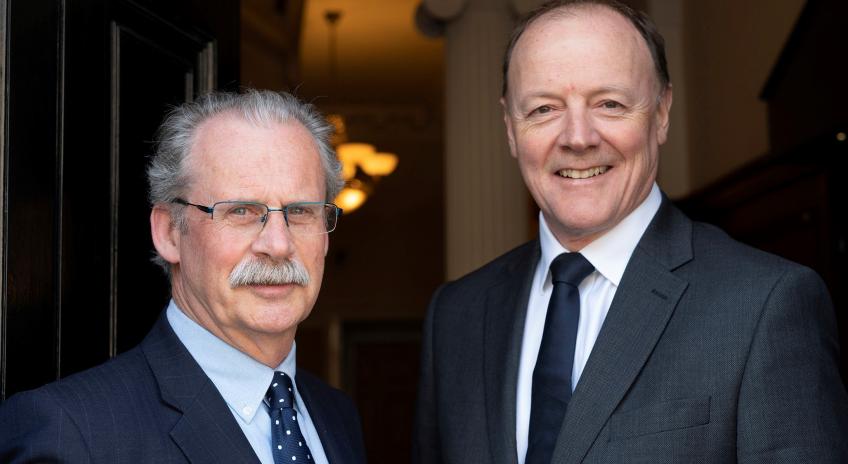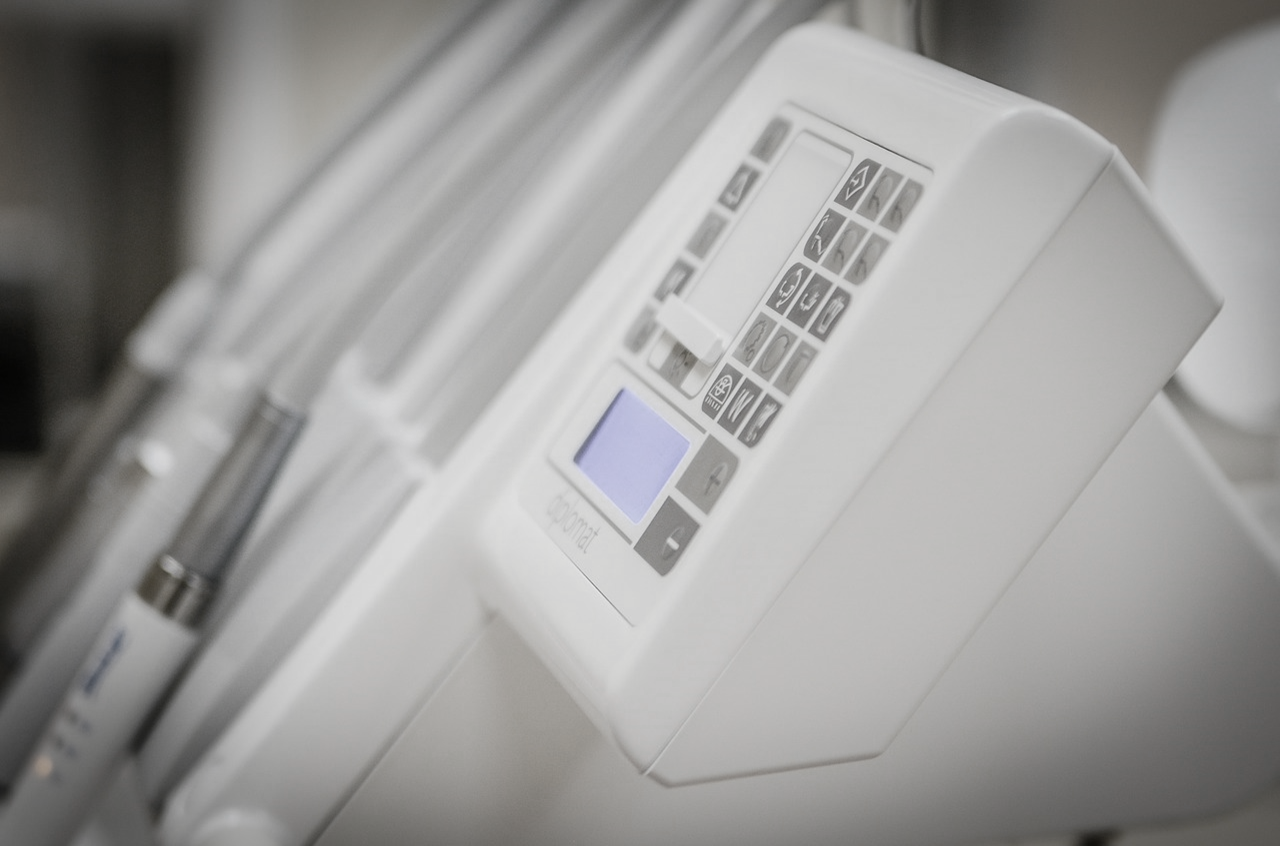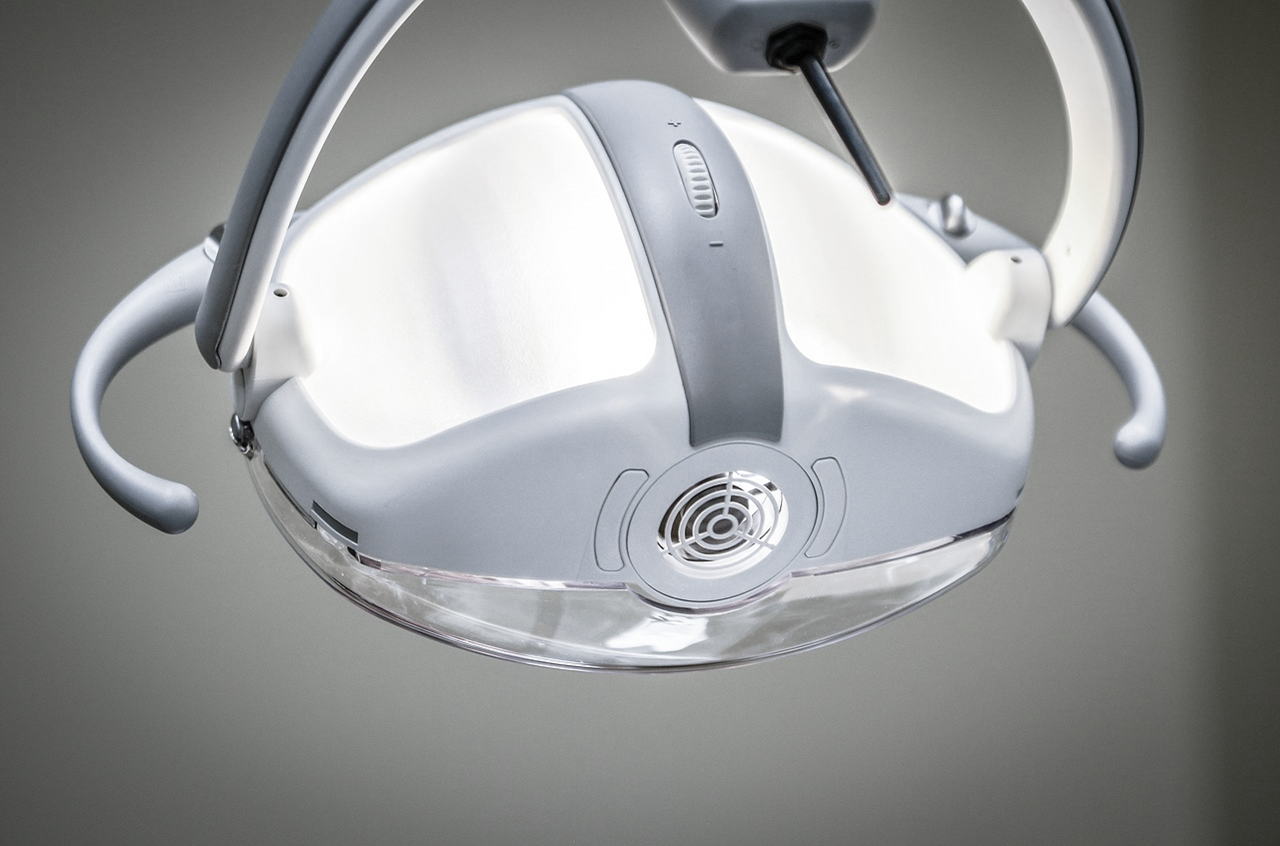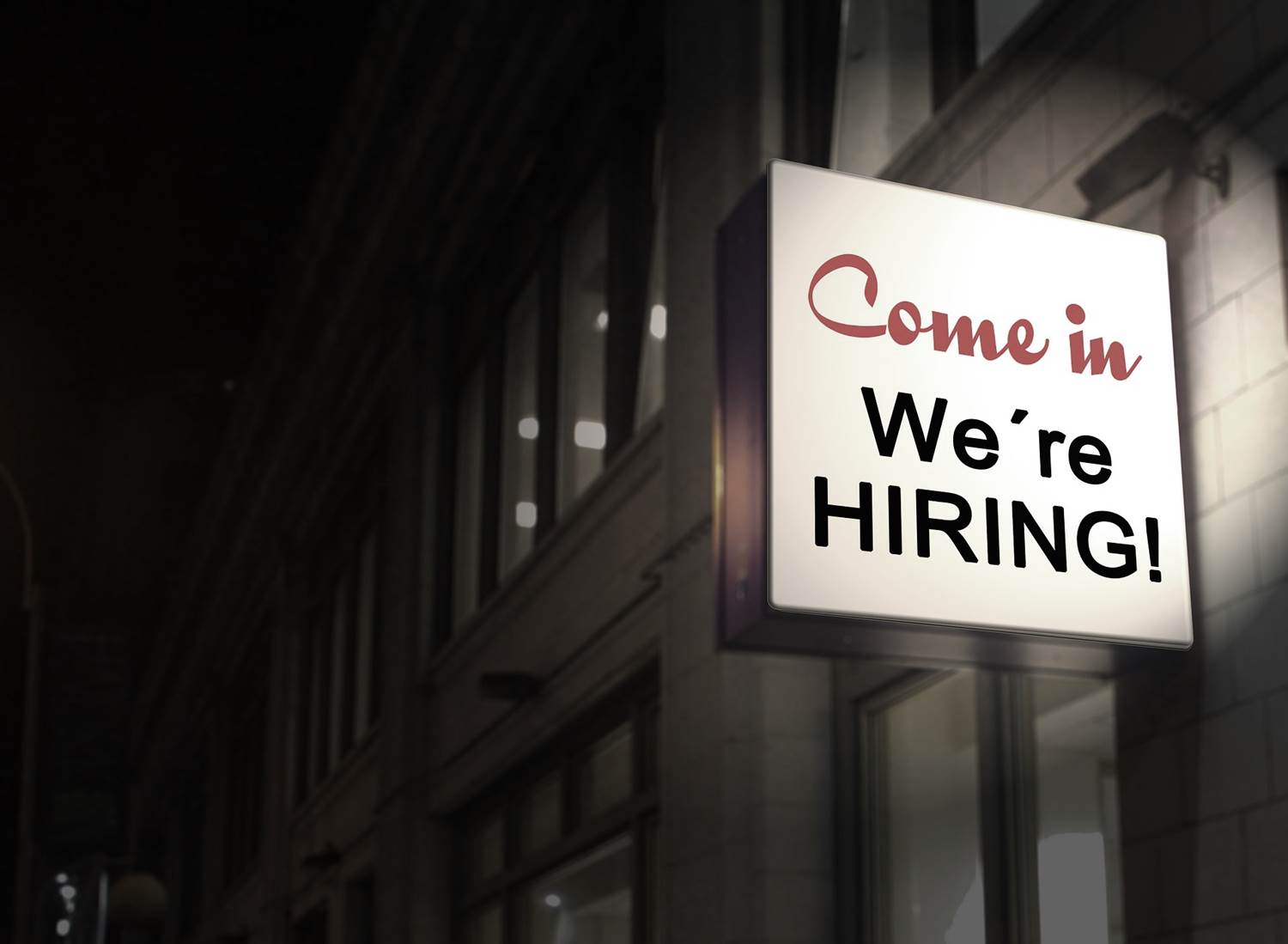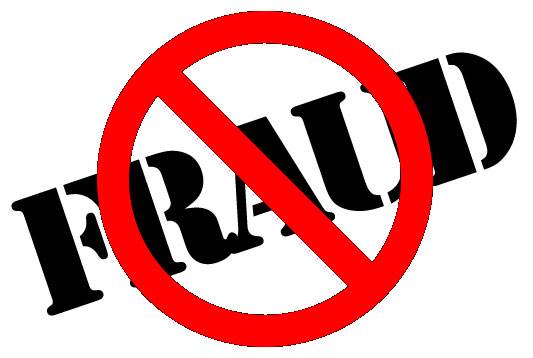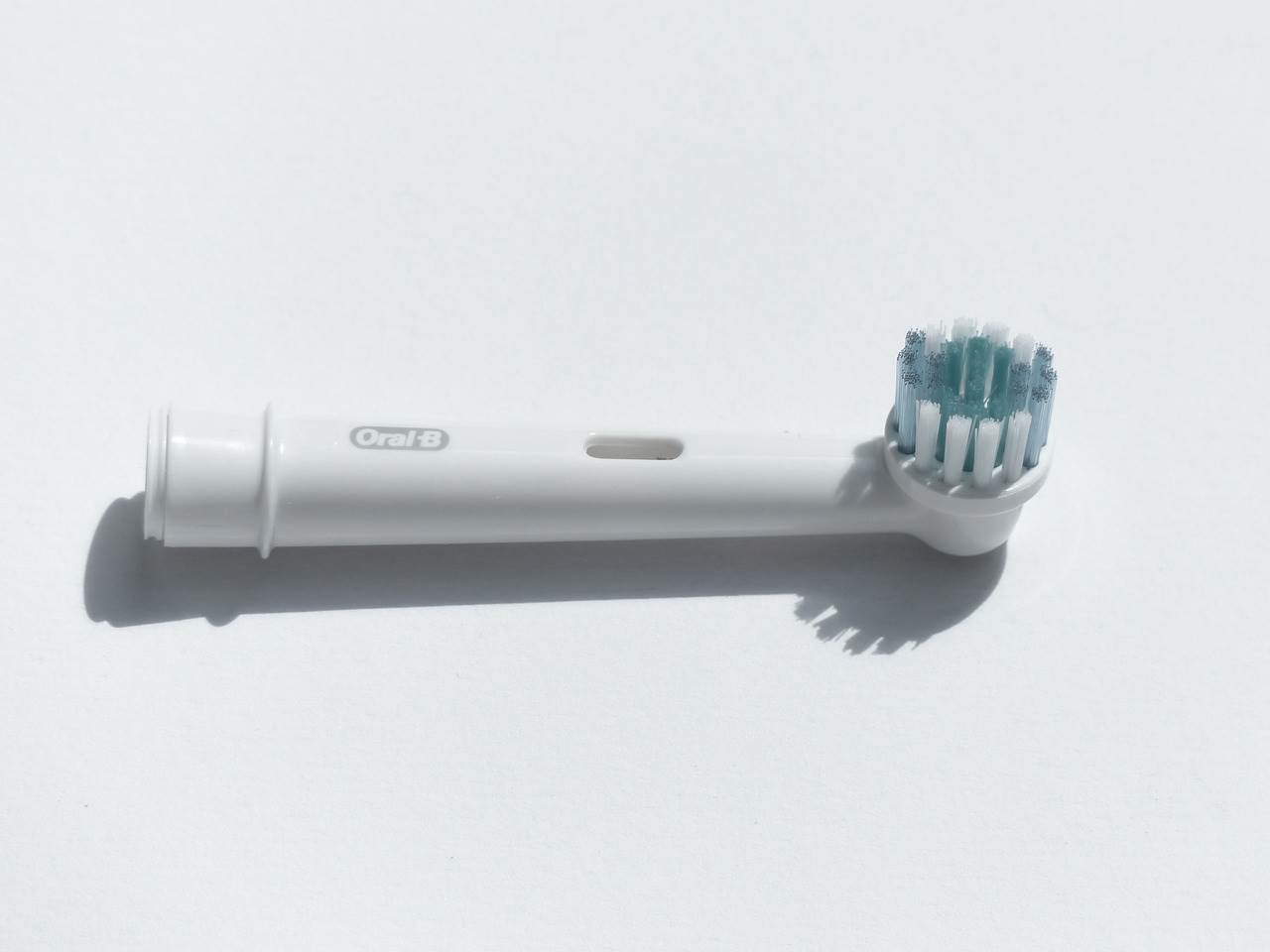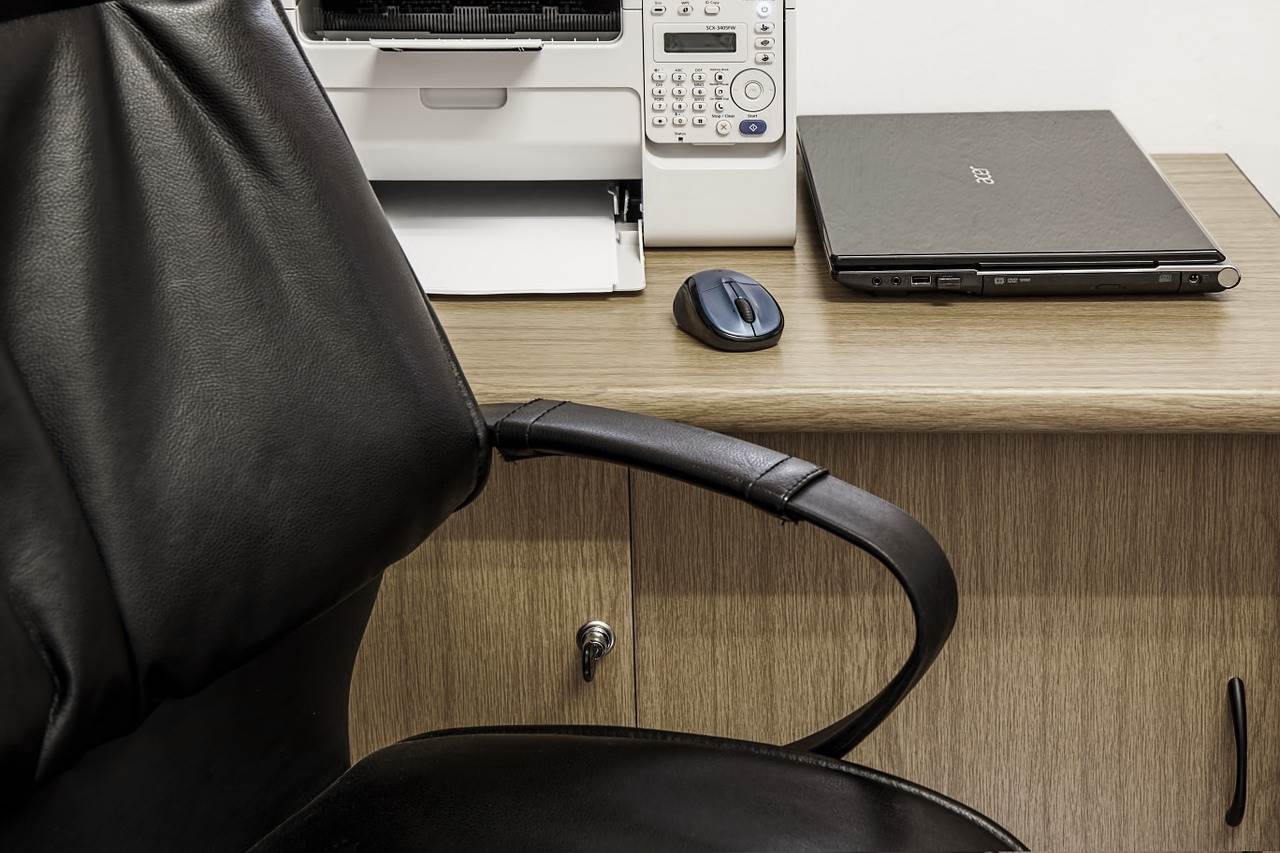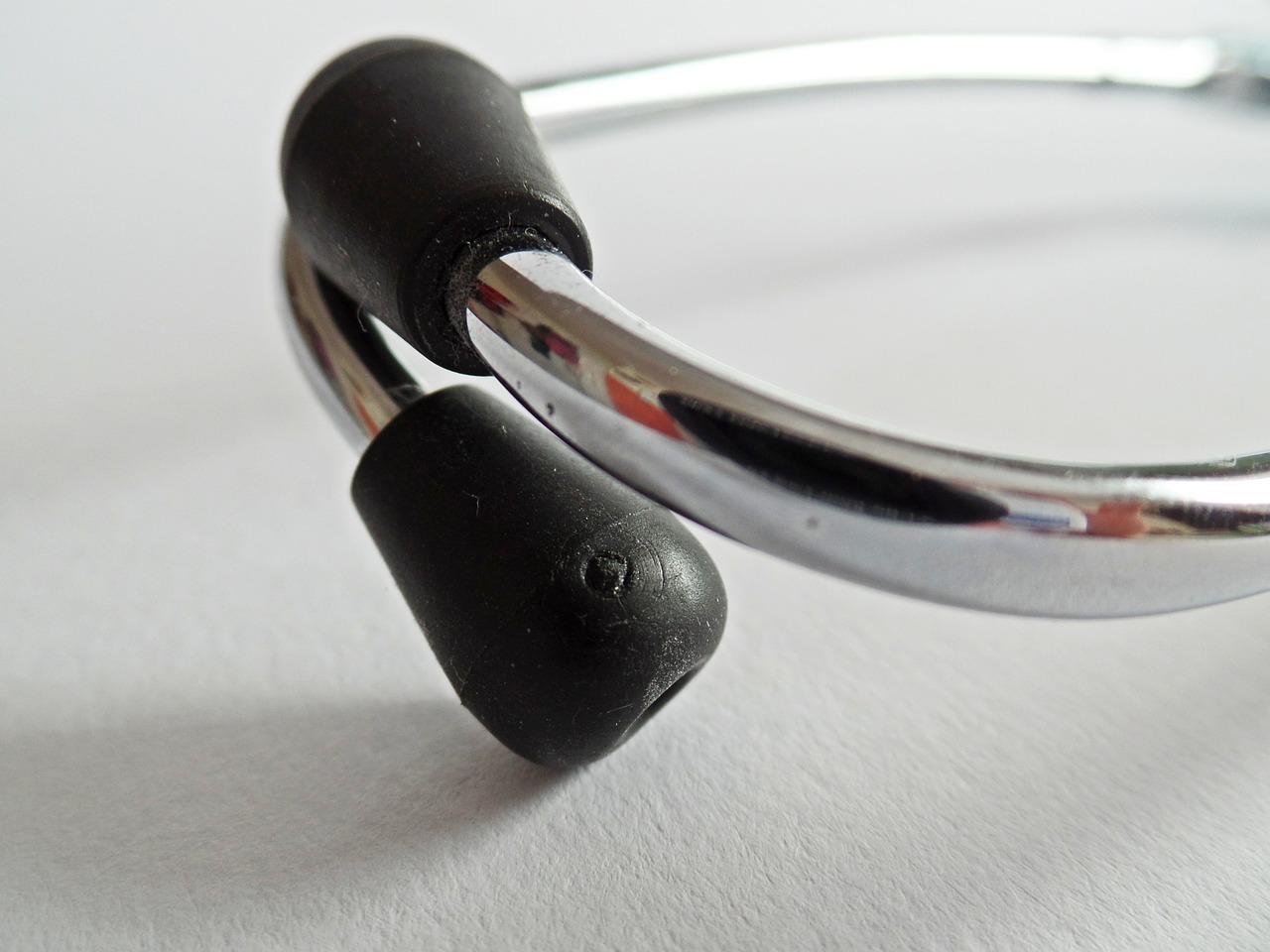
Sale and Leaseback of GP Surgeries
Date: 13/03/2024 | Healthcare
It’s no secret that the primary care sector is facing challenging times. Recruiting and retaining GPs is difficult for a raft of reasons. As GPs look to retire they may find that prospective replacements are unwilling to invest substantial capital in the Practice.
This is exacerbated for Property Owning Practices where investment involves “buying in” to a share in the Surgery. Amongst other initiatives, Sustainability Loans were introduced as part of the National Code of Practice for GP Premises to help Practices who own their Surgery. These were intended “to increase the stability of general practice”. Some have already accessed Tranche 1 of such loans. Any loans which have not been drawn down are now on hold. Despite Government announcements that Tranche 2 is coming there is no sign of that actually happening.
Practices are increasingly looking at different options including selling the Surgery completely and leasing it back from the purchaser. Doing so negates the need for Partners to “buy in” to a share of the property. It also allows the current Partners to crystallise the full value of the Surgery now.
This process is commonly called a Sale and Leaseback transaction – but what does that entail?
What is a sale and leaseback?
In a Sale and Leaseback, the Surgery is sold to a third party (often an investment company which specialises in the sector) and then leased back to the Practice, normally for at least 15 years but sometimes longer. The Practice can continue to use the vital asset (the Surgery) but ceases to own it.
There are three key elements to this process, all of which need specialised legal advice:
- The sale of the Surgery itself;
- Negotiation and preparation of the Lease;
- Updating the Partnership Agreement
Who is it for?
With a challenging recruitment landscape, a Sale and Leaseback can be attractive to Partners nearing retirement or for those who are struggling to recruit. Depending on the Surgery and its location, it can be difficult for GP Partners to realise their investment and be fully recompensed for that investment.
When the Scottish Government provided Practices with its assessment of “Existing Use Value” for the purposes of Sustainability Loans, it opened many Partners’ eyes to the potential value of their Surgery. Whilst Existing Use Value must not be used for anything other than Sustainability Loans, it is often the case that the price an investor will pay under a Sale and Leaseback is broadly equivalent to the Existing Use Value. Indeed, in many cases a Sale and Leaseback is likely to be the only way that the current Partners can crystallise these sorts of values now. The exception would be for those Practices with a Surgery in a place where the land or buildings have a high value for some other use. The most obvious would be a plot of land in the centre of one of Scotland’s major cities.
Who might buy the Surgery?
Surgeries are often bought by specialist investors who know the sector and who already own a portfolio of Surgeries. Such investors will have knowledge about the issues facing the sector and will understand the needs, requirements and nuances of GP Practices. They will be fully aware of the Premises Directions and the Rent Reimbursement Scheme.
For the investor, it is seen as a very safe investment which is backed by Government funding. GPs benefitting from Rent Reimbursement are thought unlikely to default on payment of rent.
What are some advantages?
The Sale and Leaseback is primarily a commercial transaction. It allows current Partners to recoup their investment, which in the case of time-served GPs may be significant sums. The investor also takes the risk of future obsolescence, for instance if the Surgery ceases to be fit-for-purpose in future years.
In some situations, the Sale and Leaseback will be structured so that the investor also funds capital works. Examples have included redecoration, installation of electric doors, creation of new reception areas and waiting rooms, and even building an extension to provide additional consulting rooms. The cost of these works will be taken into account in calculating the price paid to the Practice.
The reason the investor will consider doing this is that it is in its interests to have Surgeries which are fit-for-purpose. An investor will often be in a far better position to fund and to carry out such works than an individual Practice.
In some circumstances, Sustainability Loans and Existing Use Value have in fact caused a measure of instability for Practices and have created contention between Partners. The fact remains that whilst the Sustainability Loan policy may result in the Scottish Ministers buying the Surgery and a Practice being paid the Existing Use Value, that is far from a guaranteed outcome. There are some Practices who have come to the decision that it is better to cash in now in full than to wait for the hope that the Scottish Ministers may purchase in several years’ time.
Practices will also be aware that every time someone joins or leaves the Practice, the title deeds need updated, as do the bank loans, normally at not insubstantial cost. Of course, once the Surgery is sold that is no longer an issue and, if the Lease is carefully drafted, changes in the Practice will also be permitted without the need for landlord’s consent.
What are some disadvantages?
The major issue is, of course, that the Practice becomes tenant under a Lease (i.e. the “Leaseback” element). Leases constrain what tenants can do with the Surgery and place specific obligations on Practices. For instance, a Lease will typically provide that the Surgery must be completely redecorated at regular and specified intervals. Historically there has been a tendency for some Practices to ignore their Lease obligations which in turn has meant that at the end of the Lease there can be very substantial accrued liabilities.
The financial impact can be exacerbated where some Partners have retired without making any contribution to such accrued liabilities.
A well-advised and prudent Practice will take active steps to comply with its Lease obligations and set aside funds each year to meet future anticipated liabilities. As well as setting funds aside, the Practice also needs to make sure that its Practice Agreement allows this to be done and sets out what happens to those funds when someone leaves the Practice.
The Lease will be for several years. In most cases it will be at least 15 years and may be significantly more than that. It follows that these are long-term commitments. If the Practice were to fold or to cease trading, then it would still have its responsibilities under the Lease, including payment of rent. There are, of course, equivalent issues where the Surgery is owned: if there is a bank loan, it still needs to be paid; not providing NHS Primary Care services triggers repayment of any Sustainability Loan.
By giving up ownership of the premises, you will, of course, be ineligible for the Sustainability Loan scheme. If you have already taken out a Sustainability Loan, then that will need to be repaid, as indeed will any other secured bank borrowing.
It is also important to ensure that the Lease you enter into meets the value for money requirements of the Scottish Government and your Health Board, and also that it takes account of the specific terms of the Premises Directions including regarding rent reviews.
In giving up ownership you lose a potentially value-accruing asset and you forego the additional income which Notional Rent provides. Over time, the aggregate Notional Rent the Practice would have been paid is likely to exceed the Price paid when the Sale and Leaseback completes.
Long Term Strategy
As part of the National Code of Practice for GP Premises, the Scottish Government’s strategy is to ensure that Health Boards will take over leases from third party landlords in appropriate circumstances. It is possible that, following a Sale and Leaseback, the Health Board may be willing to in turn take over the Lease and become the tenant. This is not guaranteed but it is all the more important that, when negotiating the Lease, the Practice ensures that it meets the requirements of the National Code of Practice for GP Premises for lease assignations.
Conclusions
There is a multi-faceted approach to ensuring the stability of general practice in future years. There is no one-size-fits-all approach. It is important to balance all of the factors before making any decision.
However, Scottish Government have identified that premises issues are one of the main destabilising issues.
The value of Surgeries is very much in focus for Practices. Some GPs will take the view that crystallising the value of their Surgery now is the right thing to do. In the majority of cases that means entering into a Sale and Leaseback Transaction. At Davidson Chalmers Stewart our healthcare team is experienced in the issues involved for Practices, including navigating the specific regulatory requirements which apply to GPs under the Premises Directions. In conjunction with your chosen surveyors we can guide you through these issues and help you to structure the deal in a fashion which provides the greatest protection for you. This includes not just ensuring the lease terms are appropriate for a GP Practice and that you comply with the regulatory requirements which apply to your business, but also that you take the opportunity to consider the best model for the future of your Practice. For instance, is now the time to incorporate for better protection from liability?
If you are interested in pursuing a sale and leaseback for your premises, looking to review your partnership agreement or simply looking at options to secure the stability of your Practice, please contact a member of our specialist healthcare team who will be happy to guide you through the process.
Disclaimer
The matter in this publication is based on our current understanding of the law. The information provides only an overview of the law in force at the date hereof and has been produced for general information purposes only. Professional advice should always be sought before taking any action in reliance of the information. Accordingly, Davidson Chalmers Stewart LLP does not take any responsibility for losses incurred by any person through acting or failing to act on the basis of anything contained in this publication.

